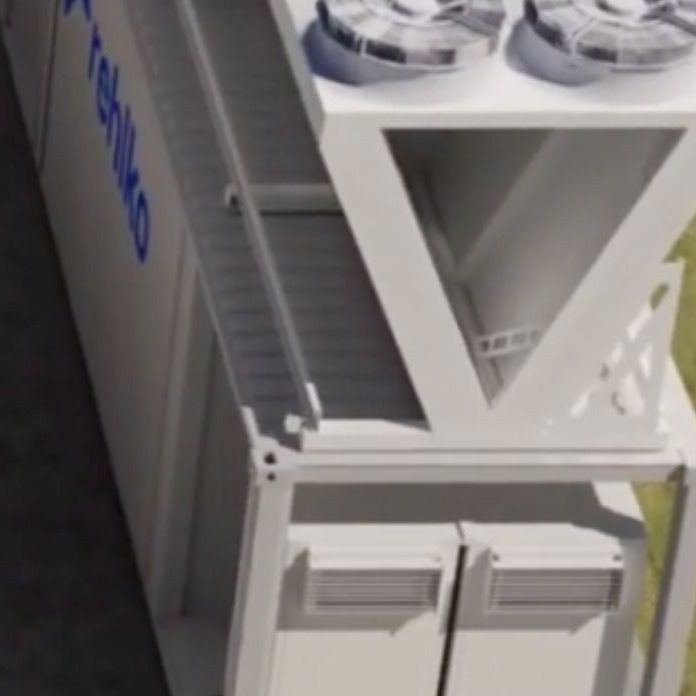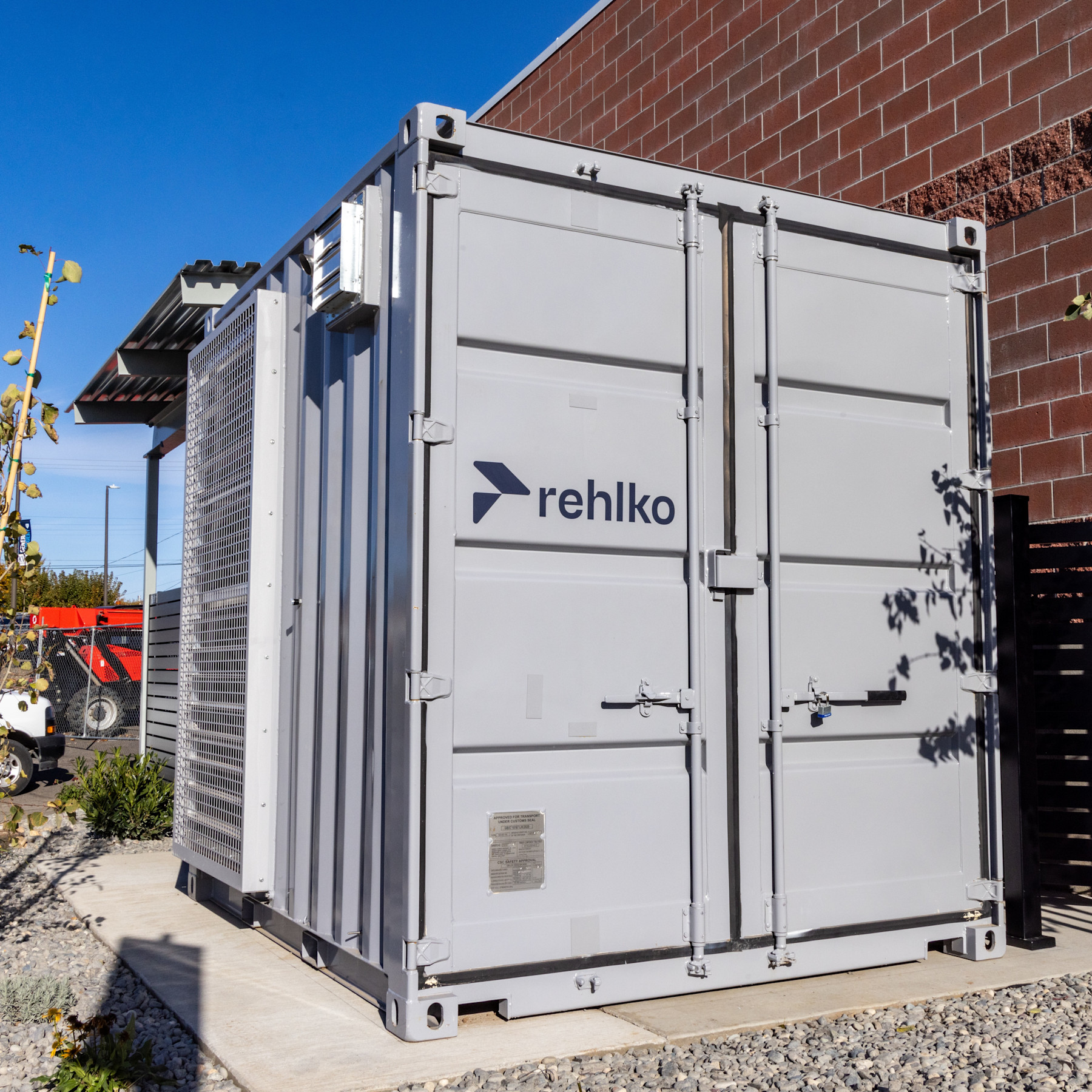Testing, Testing: The Life of a Backup Generator
 Print
PrintEnsuring that a backup power source remains totally available around the clock is essential to ensuring uptime for a data center. To make certain a generator is fully operational, traditionally they are tested monthly for 30 to 60 minutes, under at least a 30% load. However, this standard practice has drawn a lot of attention of late, as the amount of fuel consumed and greenhouse gasses emitted has been under the microscope in the age of ESG policies and carbon neutral initiatives. In response, Rehlko has been challenging the parameters of this practice through its product design and recommended usage guidelines, introducing multiple alternatives aimed at drastically lowering both fuel consumption and GHG emissions during these test exercises.
Rehlko takes a deep dive into how these testing alternatives work and how effective they are in the data center anthology book, Greener Data: Volume 2. In the publication, Rehlko's Nicole Dierksheide explains the ways in which generators are challenging the status quo in this regard. Here’s an excerpt from her chapter entitled Navigating the Path to Carbon Reduction: Strategies for Effective Backup Power Generation (As of Sept. 17, 2024, Kohler Energy transitioned to Rehlko. The content in Greener Data contains references to our former company name):
"One option is to still exercise each month but do it for a shorter period of time and without load. For Kohler KD Series generators, we allow a no-load test to be run for as little as 10 minutes. Due to the combustion efficiency of the engine, the concern for wet stacking (hydrocarbon build-up in the engine over time due to unspent fuel in the fuel system) is not present and the generator can run without load and not have performance degradation over time. Switching the exercise from 30 minutes at 30% load to 10 minutes with no load reduces the fuel consumption by 44% for test purposes. Additionally, it reduces generator exhaust GHG emissions by 40%. If you look at the entire lifecycle, this lowers GHG emissions, including emissions released for the production and distribution of the fuel, by 70% in total.
Another option is to extend the exercise to every four months. This unloaded exercise can also be for as little as 10 minutes. Switching the exercise from 30 minutes at 30% load every month to 10 minutes with no load every four months reduces fuel consumption by 71% and reduces generator exhaust GHG emissions by 69%. For the entire lifecycle, the GHG emissions are lowered by 79% in total."
As we can see, the savings through this new approach to testing are significant indeed. Not only does this testing practice make a meaningful impact on the pollutants that are emitted, but also on the amount of fuel consumed. Overall, it’s a great example of using proven technology improving its sustainability without adding risk, something the data center industry is certainly in need of.
To read Dierksheide’s full chapter, pick up a copy of Greener Data: Volume II.



